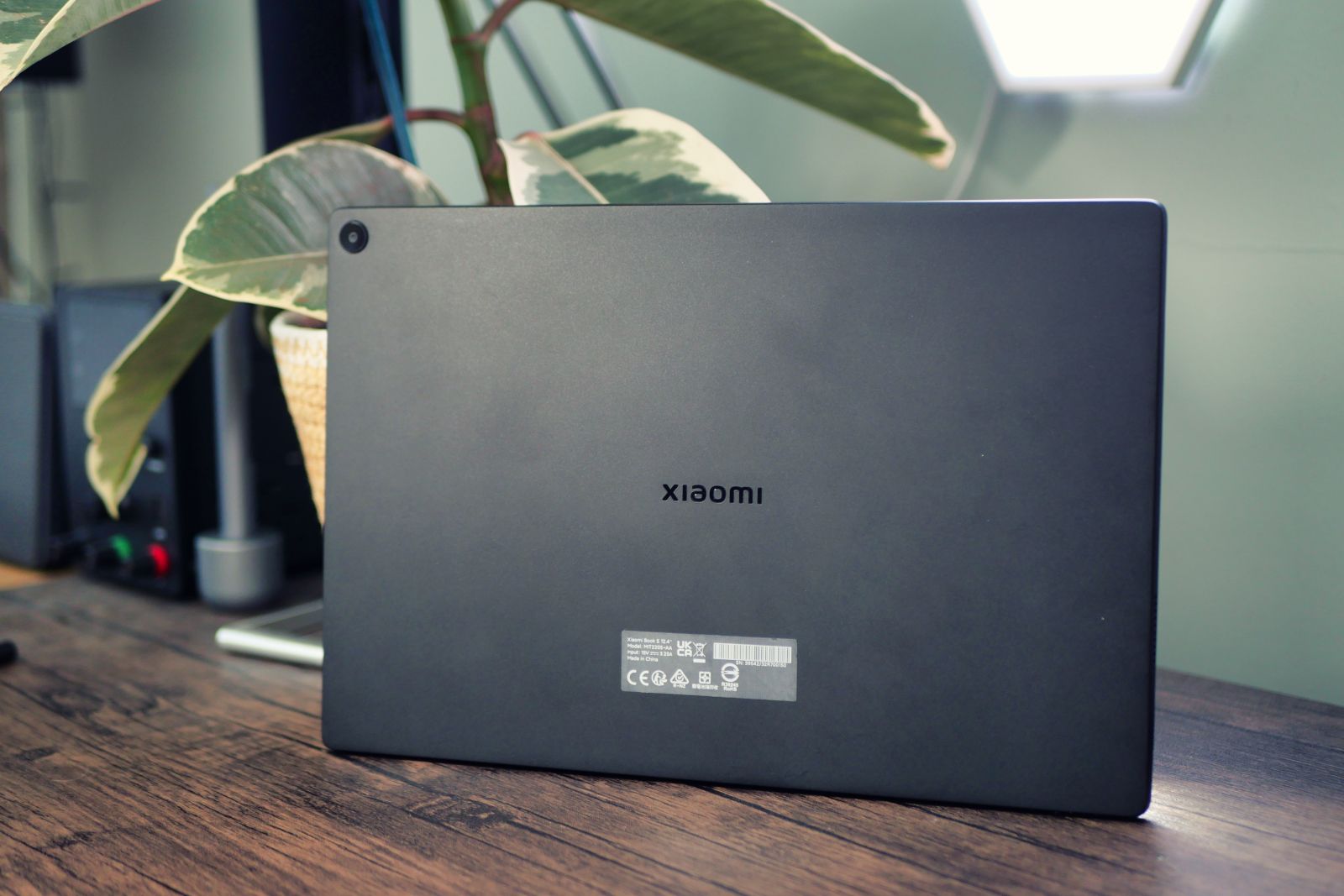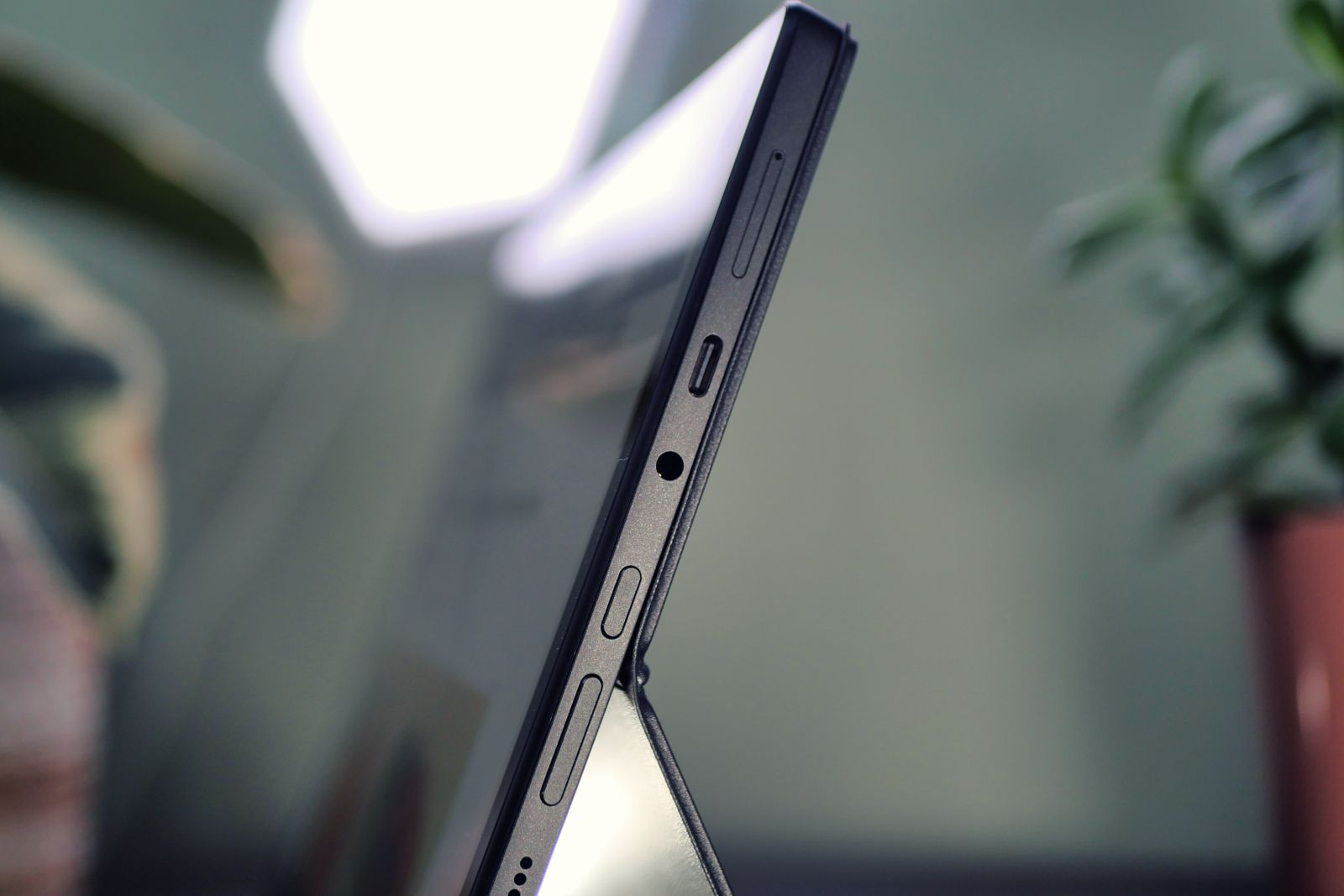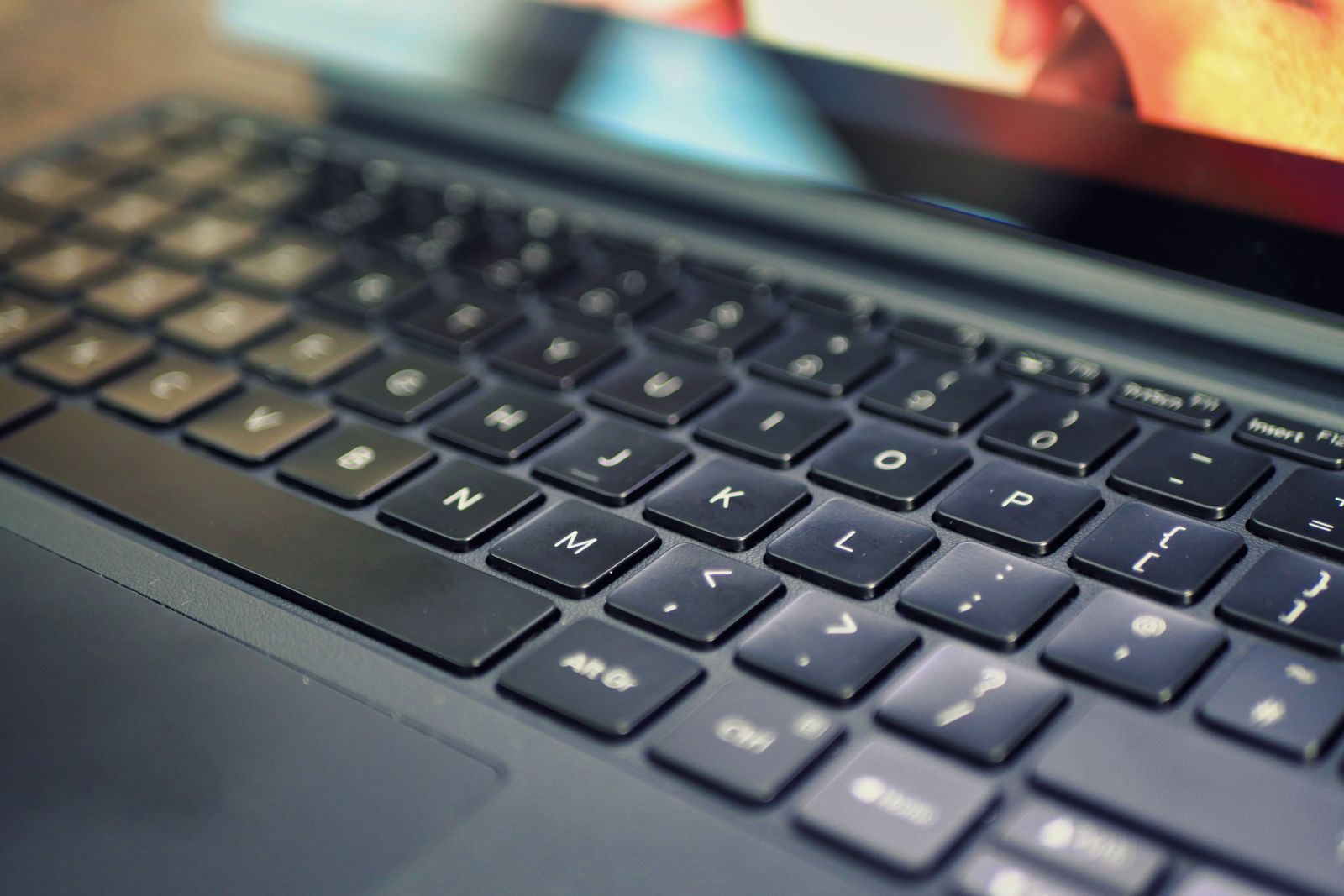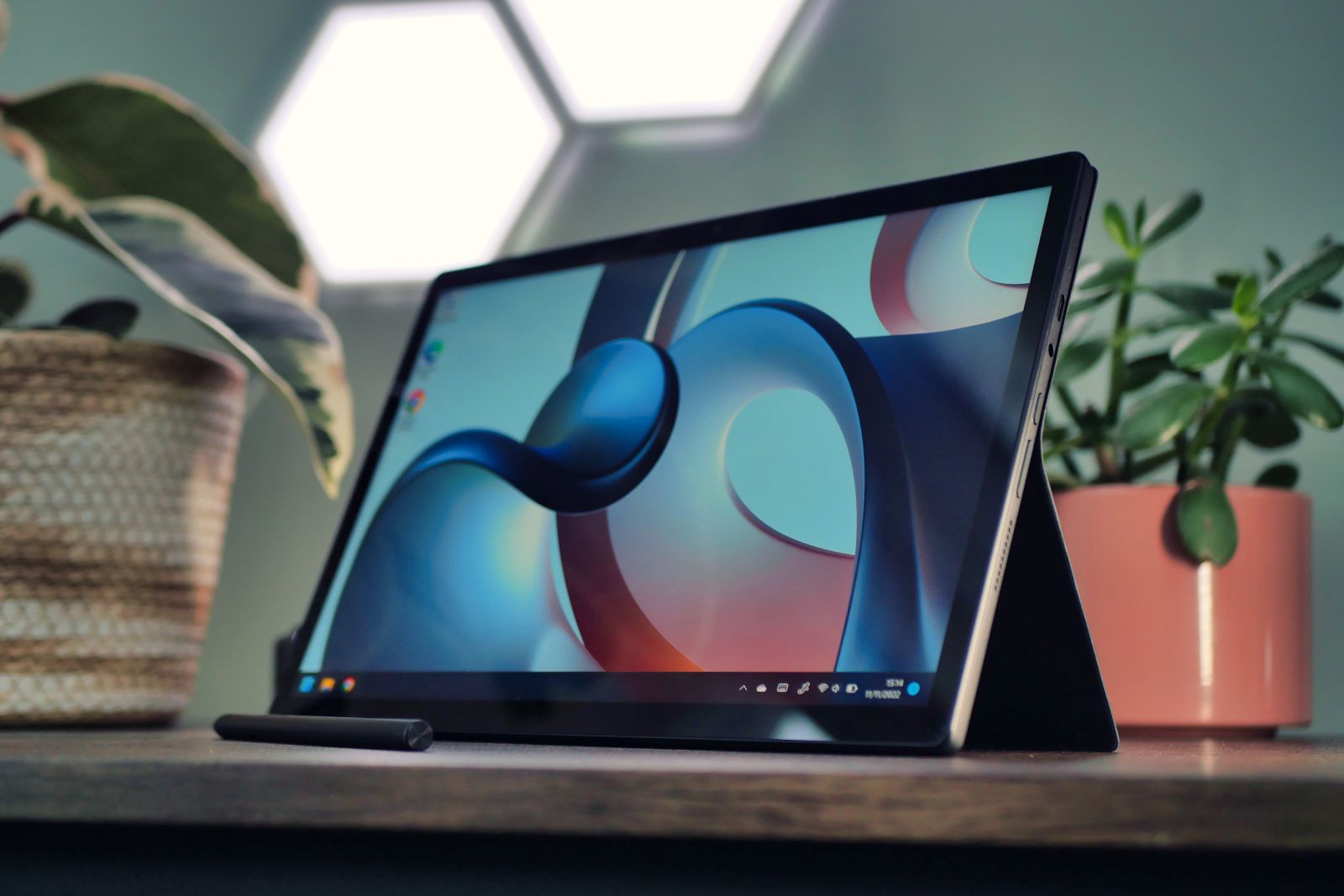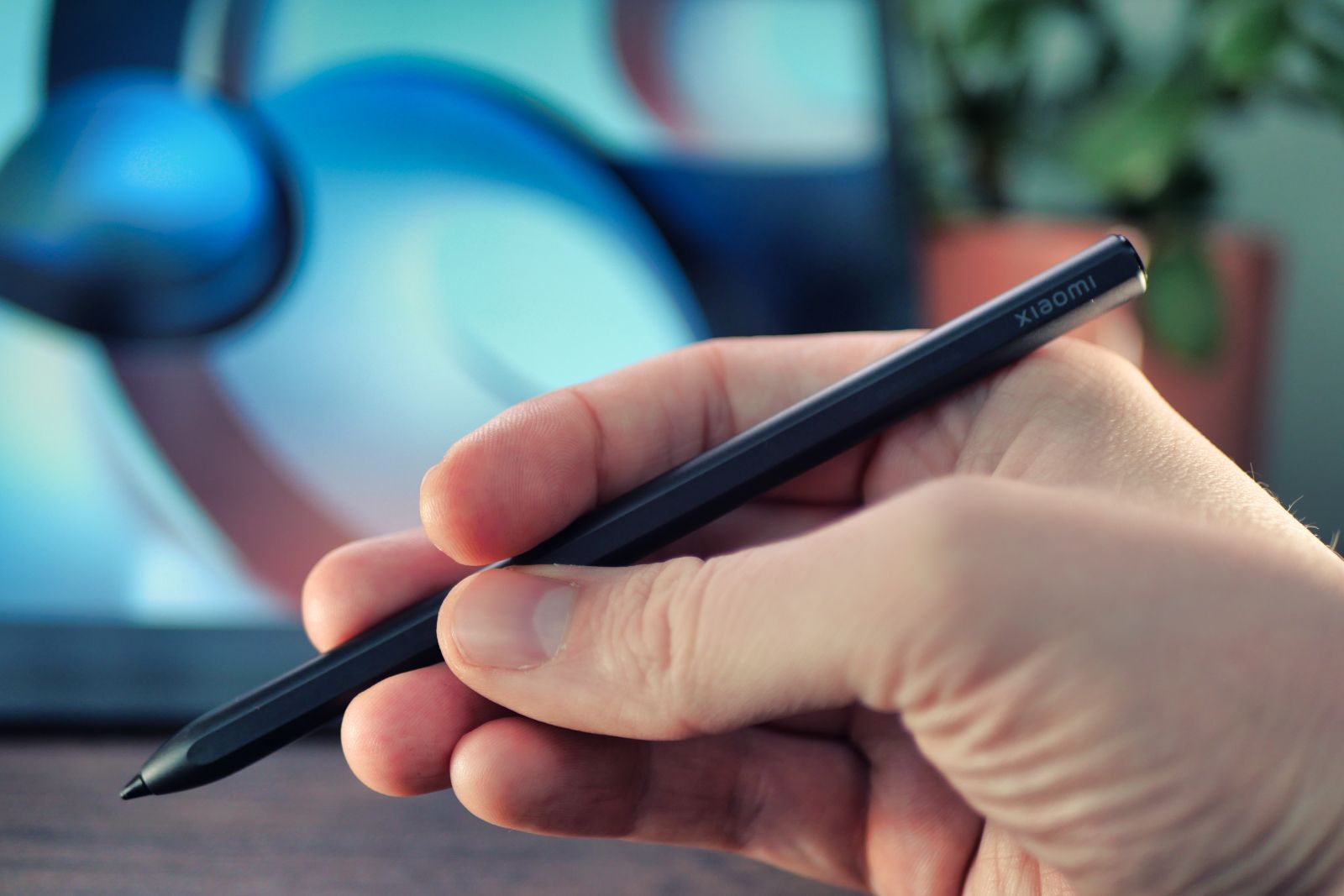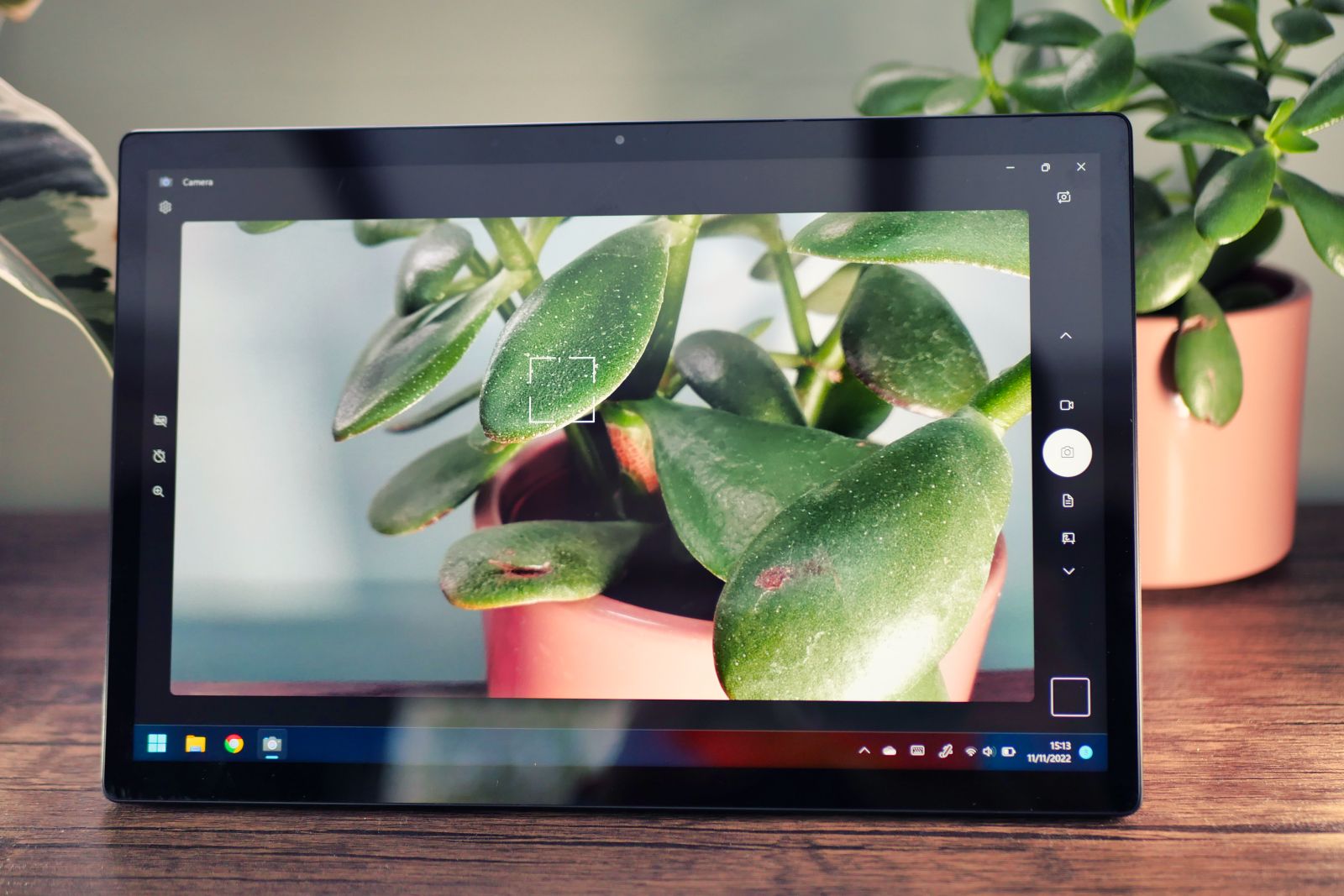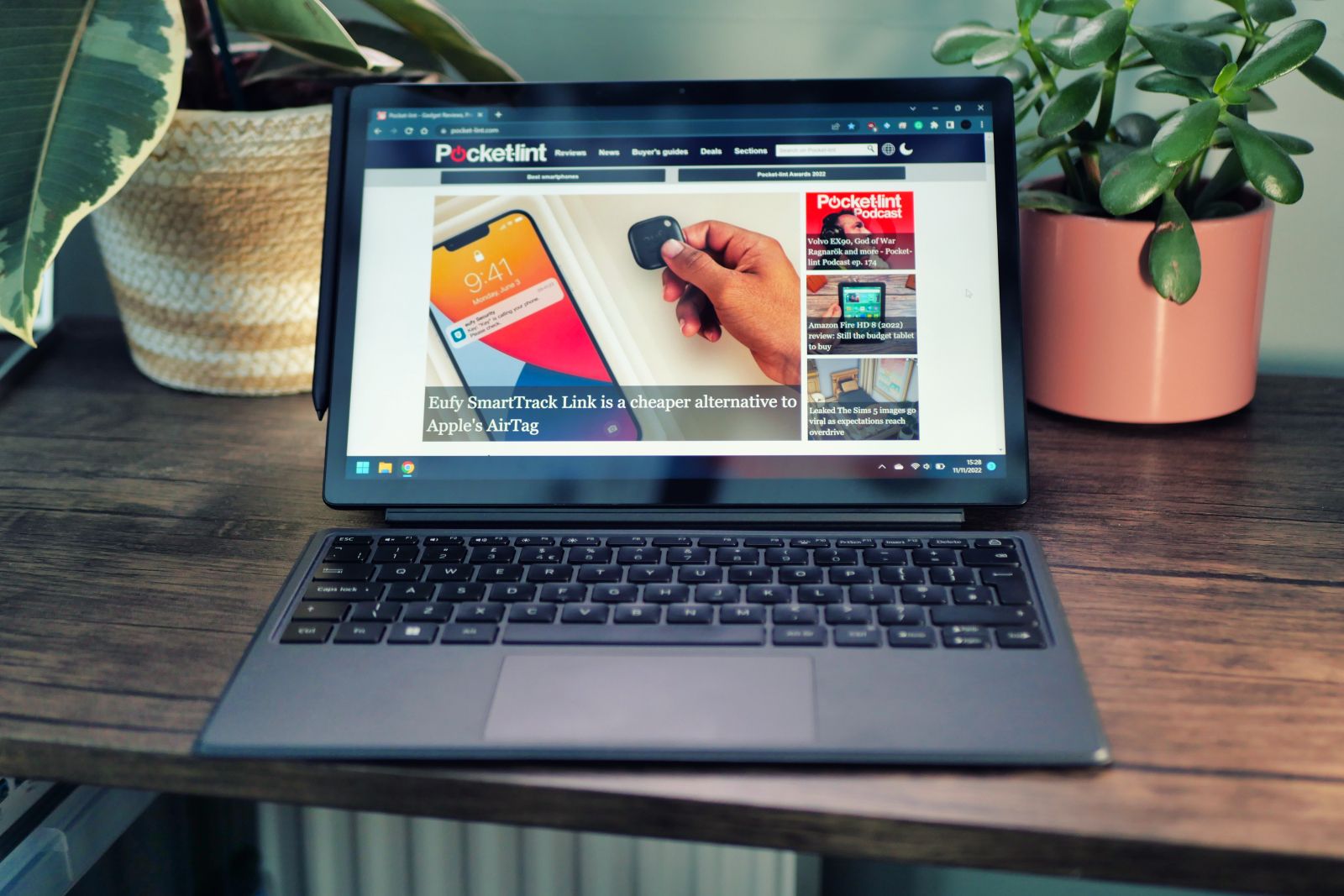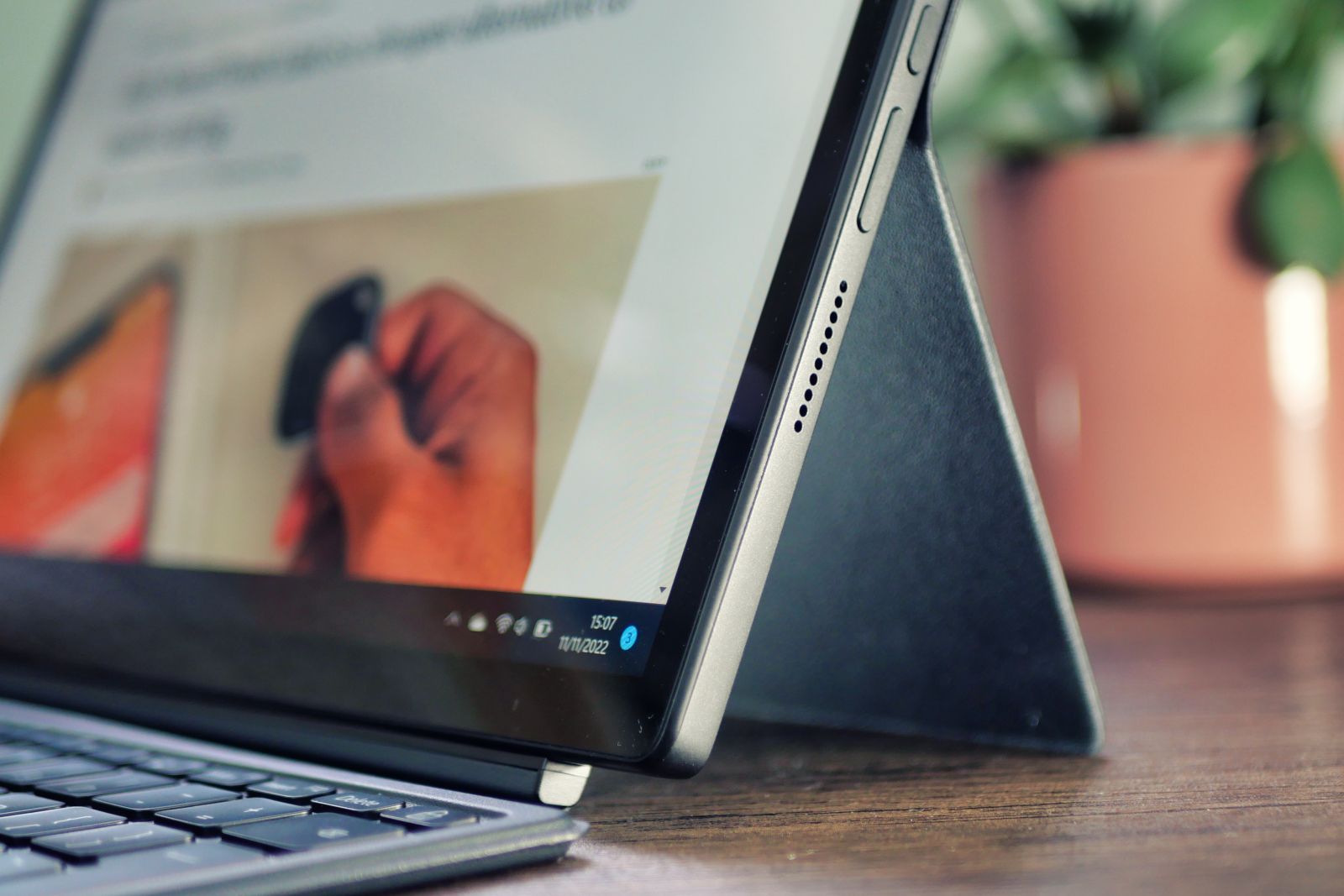The Book S is Xiaomi's take on a Windows-based 2-in-1 tablet. In many ways, it's a lot like Microsoft's own Surface Pro X, or the newly released Surface Pro 9 5G, which both utilise ARM processors and feature a similar form factor.
What makes the Xiaomi Book S so interesting, though, is its pricing. It's significantly cheaper than Microsoft's offerings and promises a similar experience with comparable specifications.
So, if you're in the market for a Windows 11 convertible, should you consider the Xiaomi Book S over the popular Surface options? We've been putting it to the test to find out.
Our quick take
The Xiaomi Book S is a well-built and versatile Windows 2-in-1 with a lovely display and an attractive price tag.
Expandable microSD card storage, a great keyboard cover, an excellent webcam and speedy charging also add to its appeal.
Unfortunately, the processing power just isn't sufficient for our daily needs, and that will likely be the case for many users.
If you need Windows 11 and are only looking to achieve basic tasks, then this could be a decent option. However, we think most people would be better served by an Android or iOS tablet, or a traditional Windows laptop.
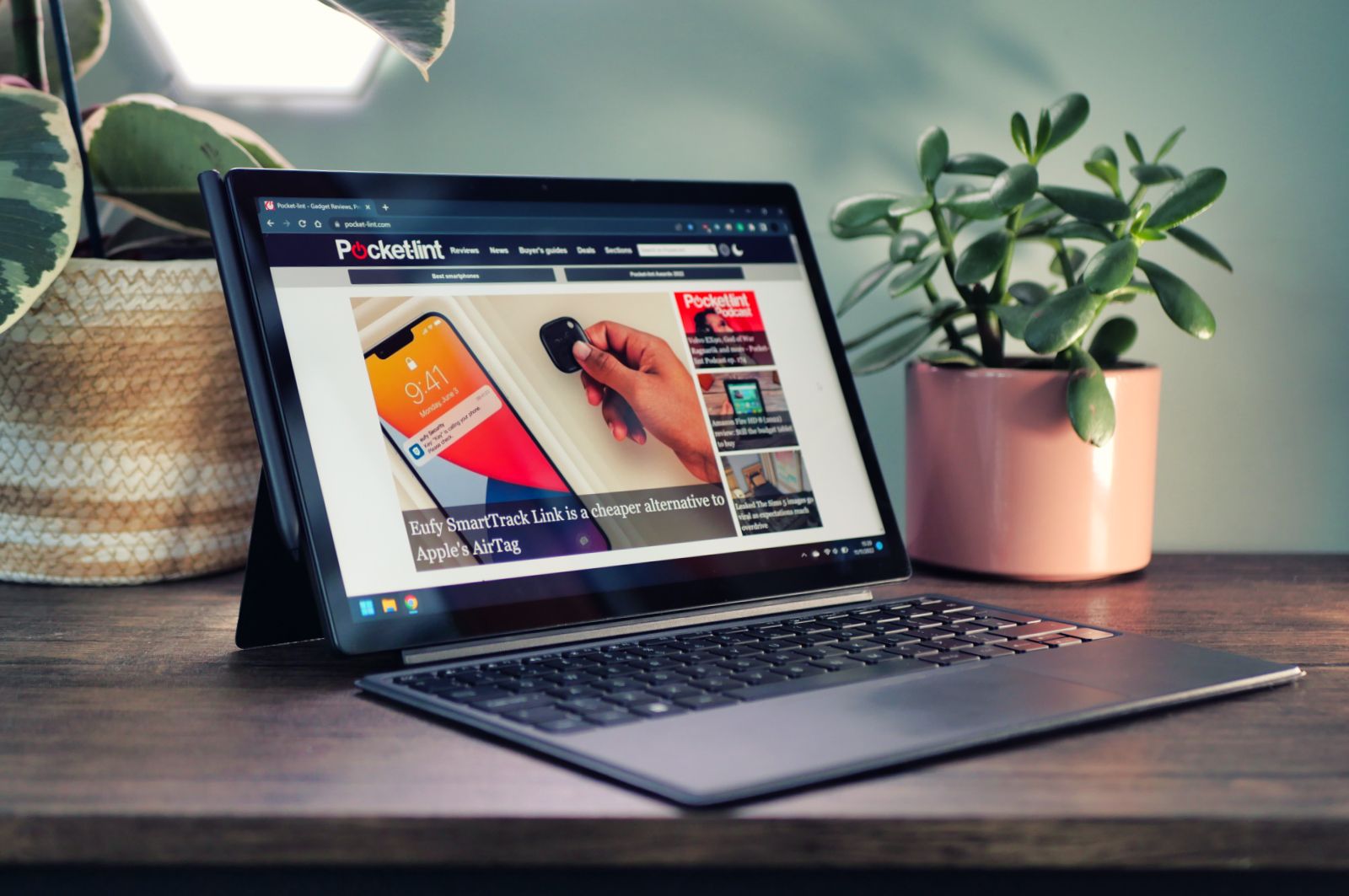
Xiaomi Book S - 3.5 / 5
| FOR | AGAINST |
|---|---|
|
|
Design
- Dimensions: 294 x 197 x 8.95mm
- Weight: 720g (tablet only)
- Corning Gorilla Glass 3
- 1x USB-C, 1x 3.5mm headphone socket, 1x microSD
The tablet has an understated yet premium design, with a matte black finish and fairly squared-off edges. It reminds us of Sony's Xperia phones, albeit a giant version. With a 12.4-inch display, it's a fairly sizable tablet, but Xiaomi has managed to keep it lightweight and portable.
We're fans of the minimal design, but unfortunately, the effect is quickly ruined by how easily the body picks up fingerprint smudges. You might not notice, though, as often the rear of the device is covered by a magnetic leather effect covering, that doubles up as a kickstand.
In terms of I/O, we get a single USB-C port and a 3.5mm headphone socket. There's also a microSD card slot, in the form of an ejectable tray, like you'd use for a SIM card in your smartphone. We were pleased to see this, as it means you can easily and cheaply upgrade your storage, should you need some extra space.
It functions as a semi-permanent solution, as there's no way to accidentally eject the card. However, it's worth noting that you can't upgrade the SSD like you can on the Surface Pro devices, in this case, microSD or USB storage expansion is the only option.
The keyboard cover is sold separately for around £100, and for most people, it's pretty much an essential purchase. It connects via a proprietary port on the base of the device and is secured via magnets and two locating pins. When shut, it protects the tablet's display and gives the device the appearance of a slim leather folio.
In use, the keyboard cover sits flat on the desk, there's no option to add an incline like you can with the Surface keyboards. Some users won't mind this, but we much prefer a little slope, typing on a flat surface feels very unergonomic.
On the plus side, though, this design completely eliminates deck flex. There's also a surprising amount of key travel, and Xiaomi even managed to squeeze a backlight into its thin frame. It's a very decent typing experience, and it's complemented by a solid and responsive trackpad with multi-touch gesture support.
Our least favourite aspect of the design is the kickstand. We like that it's removable, giving you the capability of removing some bulk in tablet mode, but its removable nature means that it's just not secure enough for our liking. Many times, when we were trying to adjust the angle of the screen, we found the magnetic cover popping off entirely, which was quite frustrating. There's almost no chance of it working on an uneven surface, either.
For what it's worth, it does support a fairly wide range of tilt angles, and we were pleased to see that.
Display, speakers and cameras
- 12.35" 60Hz LCD display with 2560 x 1600 resolution
- 100 per cent DCI-P3 coverage, 500nits brightness
- 13MP rear camera
- 5MP front camera with Windows Hello
The display is a definite highlight of this device. It's big, bright, crisp and vibrant. It's coated in Gorilla Glass 3, which should help with its durability, and is very responsive to touch inputs.
With ample resolution and accurate colour rendition, it could be quite suited to creative tasks, especially when you consider that it has active stylus support.
The Xiaomi Smart Pen is an optional add-on purchase, it's the same one designed to work with the Xiaomi Pad 5, so if you happen to own one of those, you can use it interchangeably. For everyone else, it'll cost you around £90.
The Smart Pen charges wirelessly when it is attached to the side of the Book S, and built-in magnets keep it in place. This works decently, but we do think the magnets could be a bit stronger, the slightest of knocks will unmount the pen - so you'll definitely want to stow it elsewhere during transport.
In use, it's a bit of a mixed bag. We didn't like navigating Windows with the pen, it felt less responsive than touch control and poor palm rejection meant that we were often clumsily clicking on things that we didn't mean to. However, when taking notes or drawing in Photoshop, it felt much better. In that case, the pressure sensitivity works well and it's very natural to use.
The speakers are found on the lower left and right sides when the tablet is held horizontally. This makes for decent stereo separation but it's also very easy to muffle the speakers with your palms. Of course, when used like a laptop, this isn't an issue.
There's plenty of clarity to the sound, but not much in terms of low frequencies. The speakers can achieve a moderate volume and are good enough for most people's needs, outperforming most mid-range laptops. They can't match the audio fidelity of an iPad or Surface device, though.
The cameras are another highlight, the front-facing camera is capable of 1080p video and has autofocus, meaning that your webcam always looks sharp and detailed on Zoom calls. This camera has Windows Hello support, so you can log into Windows with your face, along with websites and payment authorisations. There's a 13MP camera on the rear, too, which will likely see less use, but is also quite capable, if you're in need of a quick tablet snap.
Performance and battery
- Qualcomm Snapdragon 8CX gen 2
- 8GB LPDDR4, 256GB storage
- 38.08Wh battery
- 65W USB-C fast charging
The Xiaomi Book S is powered by the Qualcomm Snapdragon 8CX gen 2 platform. This SoC was introduced in 2020, so it's not exactly the latest and greatest in processing performance. In practice, the performance is pretty underwhelming.
Anything but the most basic tasks will slow the machine down significantly, and, since we do the type of work that requires three or four applications open at all times, the computing power on offer here was not sufficient for our daily workload.
Even simple media playback is a burden to the Xiaomi Book S. It doesn't like to stream YouTube videos at 1440p or above, and if you have a lower-resolution video playing in the background, you expect lagging and stuttering as you switch between Chrome tabs.
Windows on ARM has its own issues to overcome, too, with many popular applications still yet to benefit from native support. The situation has improved a lot in recent years, but the main attraction of Windows is its wide compatibility, and that's still not necessarily the case when you have an ARM processor.
Despite these issues, we were pleased to find such a clean install of Windows, it's increasingly rare to find a lack of bloatware on even the most high-end Windows devices. To see a clean install on such an affordable option is certainly worthy of praise.
The battery performance, unfortunately, also failed to impress. It's not terrible, but you can expect somewhere in the region of 6 to 7 hours of usage per charge in real-world conditions, which lags behind a lot of the competition. On the plus side, it does charge quickly thanks to the included 65W GaN charger.
To recap
The Xiaomi Book S is a robust and attractive Surface rival, with an excellent display. It's well priced, but unfortunately, the sluggish performance and middling battery life make it tough to recommend.

